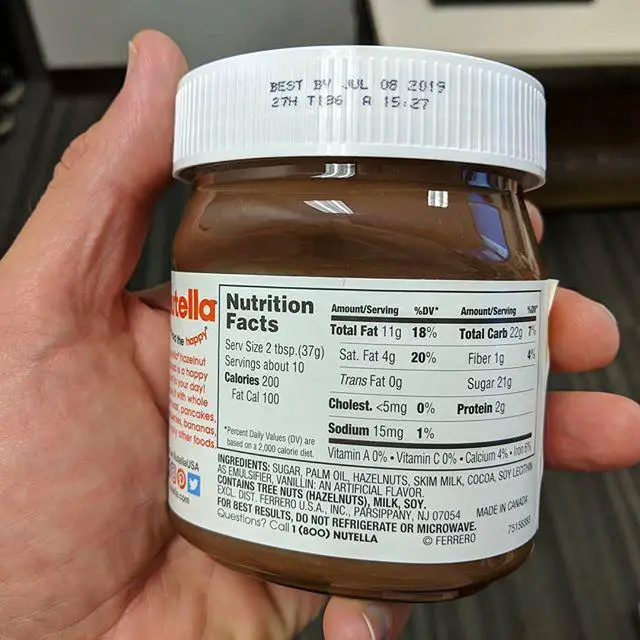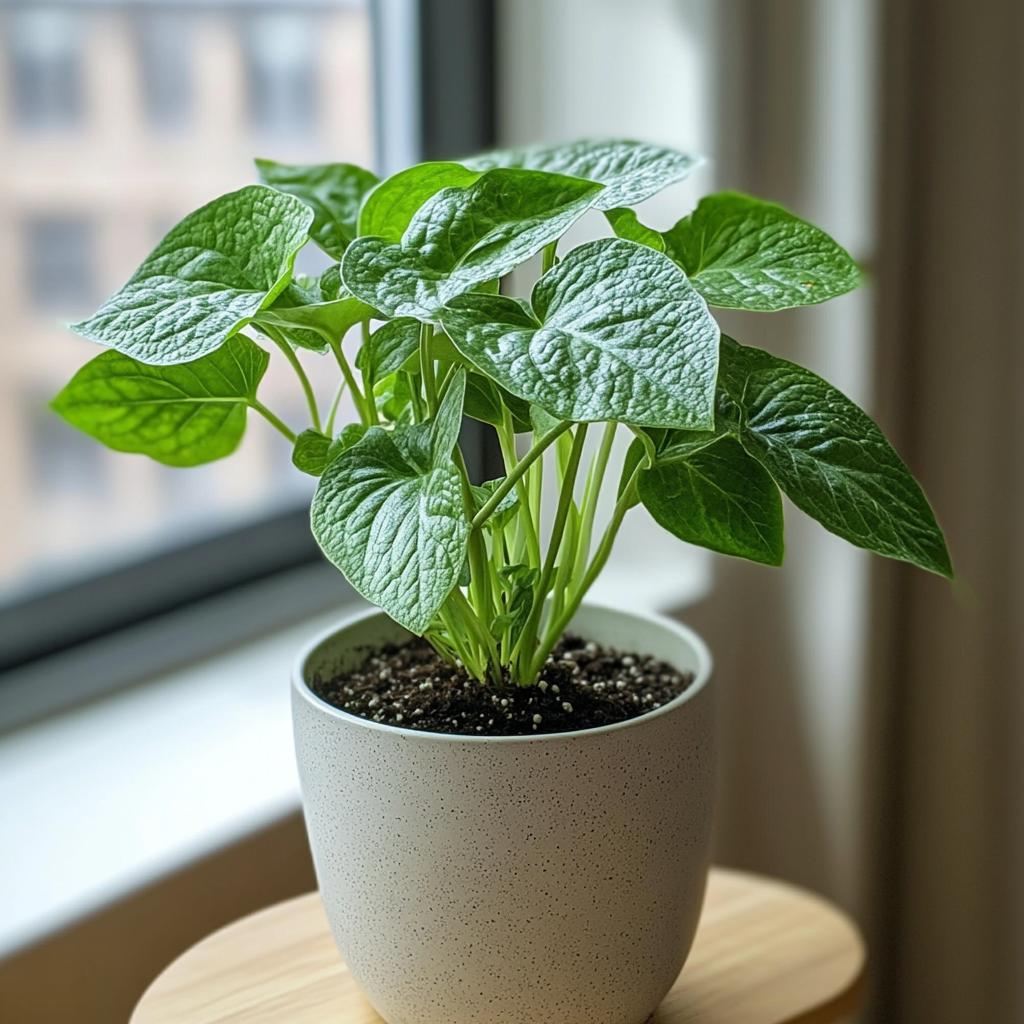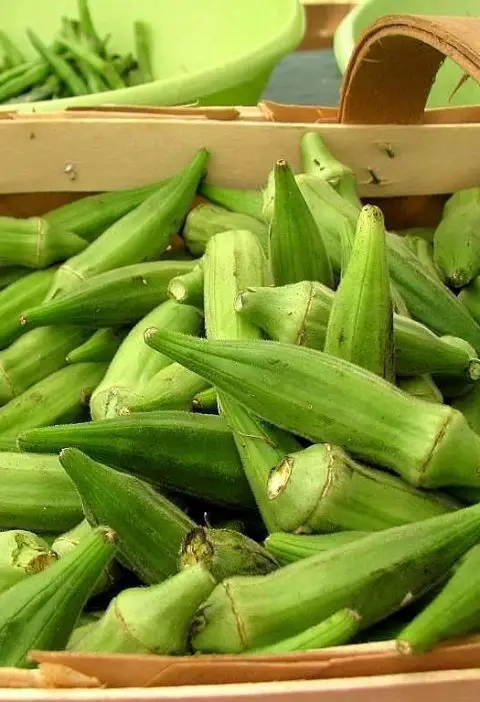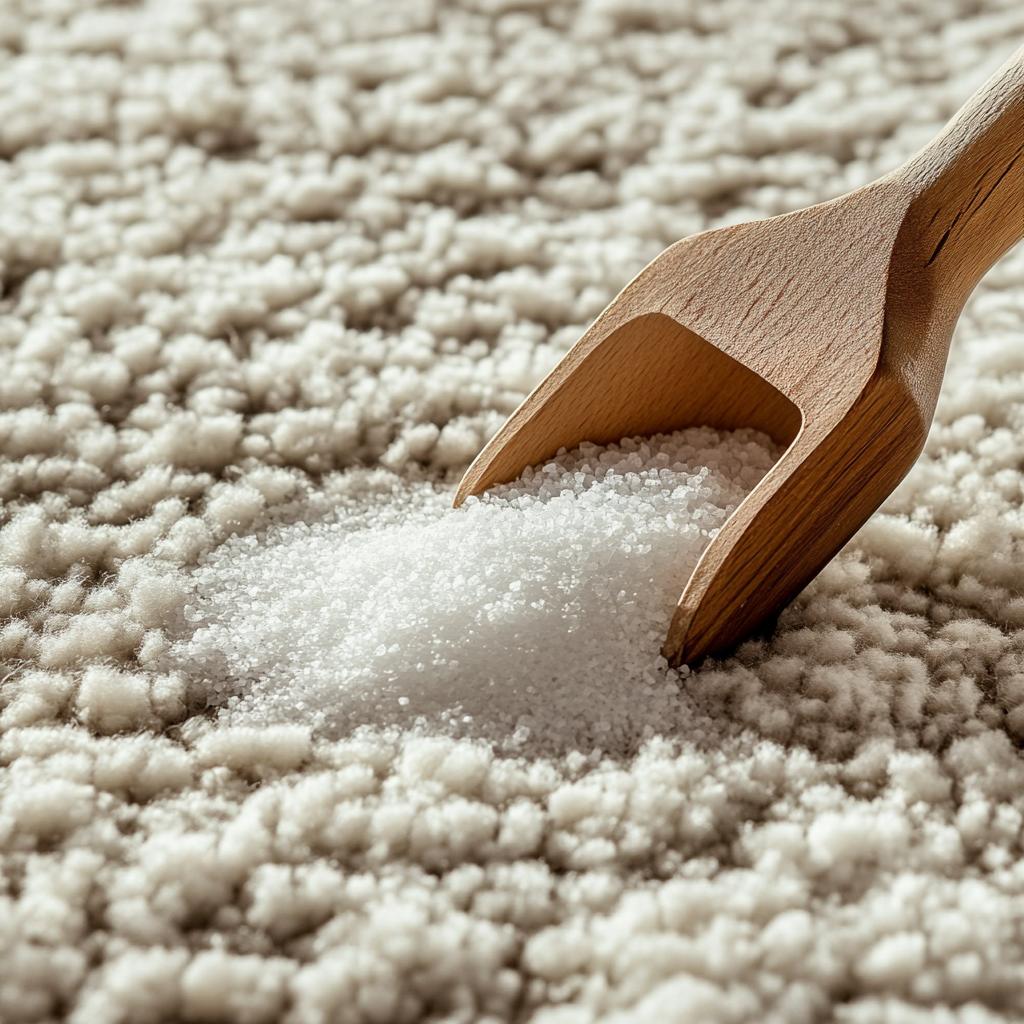Sharing is caring:
Ever caught yourself staring at a carton of milk or a pack of chicken, unsure if it’s still safe to eat after its expiration date? You’re not the only one. Food expiration dates often feel like a confusing puzzle, prompting many of us to toss perfectly good food just because of a date on the packaging. But understanding these dates is more than just about avoiding waste—it’s about making smart choices that benefit your wallet and the environment.
What’s the Deal with Food Expiration Dates?
You’ll find expiration dates on nearly every food product in your kitchen. Terms like “Best if Used By,” “Use By,” and “Sell By” are everywhere, but what do they really mean? Personally, my confusion with food dates started at a family dinner. I had bought a bottle of milk just a few days earlier, but when I noticed it had already hit its “Best if Used By” date, I hesitated to use it—even though it looked and smelled fine. That moment led me on a late-night research journey to finally understand these mysterious labels. The results taught me a lot about food quality, safety, and how to cut down on waste.
Breaking Down Food Label Lingo
To make sense of expiration dates, it’s crucial to know what each term actually signifies:
1. Best if Used By: This is about quality, not safety. It’s the period when the product is expected to taste the best. After this date, the flavor might not be as fresh, but it doesn’t mean the food is unsafe to eat.
2. Use By: This is the manufacturer’s suggestion for the last day when the product is at its peak quality, particularly for perishable items like dairy and meats. Eating it after this date might affect its taste or texture, but it’s often still safe if stored properly.
3. Sell By: This date is intended for retailers to know how long to display the product. It’s not a safety date. If you’ve kept the food stored correctly, it’s usually fine to eat it after this date.
The Big Problem: Food Waste
The problem of food waste is enormous. According to the USDA, about 30% of all food in the U.S. goes to waste every year, and much of this is due to misunderstandings about expiration dates. When we throw away food just because it’s past the printed date, we’re not only hurting our budgets but also causing more harm to the environment. Cutting down on food waste starts with recognizing that these dates are more about quality than they are about safety.
How Long Does Food Really Last?
Let’s dive into some everyday foods and how long they might last beyond their printed dates:
Eggs: Eggs can usually be safely consumed up to three to five weeks after the purchase date. You can test for freshness with the water trick: place an egg in a bowl of water. If it sinks and lays flat, it’s fresh. If it floats, it’s time to toss it.
Chicken and Meat: Generally, chicken and meat are safe to eat for a day or two after the “Sell By” date, as long as they have been continuously refrigerated. If you’re not planning to cook them soon, freezing is a great option. Frozen meats can be stored indefinitely, though their quality may decrease over time.
Milk: Milk can often stay fresh for about a week beyond the “Best if Used By” date, provided it still smells and looks normal. If it has a sour odor or curdles, it’s time to discard it.
Rice and Pasta: These pantry staples have an exceptionally long shelf life. If kept in airtight containers in a cool, dry place, they can last for years. Just keep an eye out for any signs of spoilage, like unusual smells or pests.
Canned Foods: Canned goods can remain safe well past their expiration date, as long as the can is not damaged, bulging, or rusted. Check the food inside for any off smells or strange colors.
Frozen Foods: Frozen items are safe indefinitely when kept at 0°F (-18°C). However, the quality might decline over time, affecting the texture and flavor. Always check for signs of freezer burn, which looks like grayish-brown leathery spots on the food and indicates a loss of moisture.
How to Spot Spoilage
Even though many foods remain safe past their labeled dates, it’s important to use your senses to detect any signs of spoilage. Here’s what to look for:
Visible Mold: If you see mold, it’s a clear sign that the food should be thrown out.
Unpleasant Smells: A sour or strange odor often indicates that the food is no longer safe to eat.
Odd Textures: Slimy, mushy, or otherwise unusual textures can also be a sign of spoilage.
Off Tastes: If the food doesn’t taste right, trust your instincts and don’t eat it.
Extending Food Life with Proper Storage
You can significantly extend the life of your food and reduce waste by storing it correctly. Here are a few tips to help:
Refrigerator Temperature: Keep your fridge at or below 40°F (4°C) to slow down bacterial growth and maintain freshness.
Freezer Temperature: Your freezer should always be set to 0°F (-18°C) to ensure frozen foods stay safe and retain their quality.
Airtight Containers: Use airtight containers to protect food from moisture, air, and pests. This keeps food fresh longer and prevents contamination.
Wrapping It Up
In most cases, food expiration dates are about quality, not safety. By understanding what these labels mean, you can make better choices about the food you eat. Proper storage and regular checks for spoilage are key to reducing waste and ensuring your meals are safe and tasty.
So, next time you’re about to toss out that container of yogurt or chicken just because the date has passed, remember: these dates are merely guidelines, not hard and fast rules. Use your senses and knowledge to judge the true quality of your food. This way, you can enjoy better meals and contribute to a more sustainable world.







